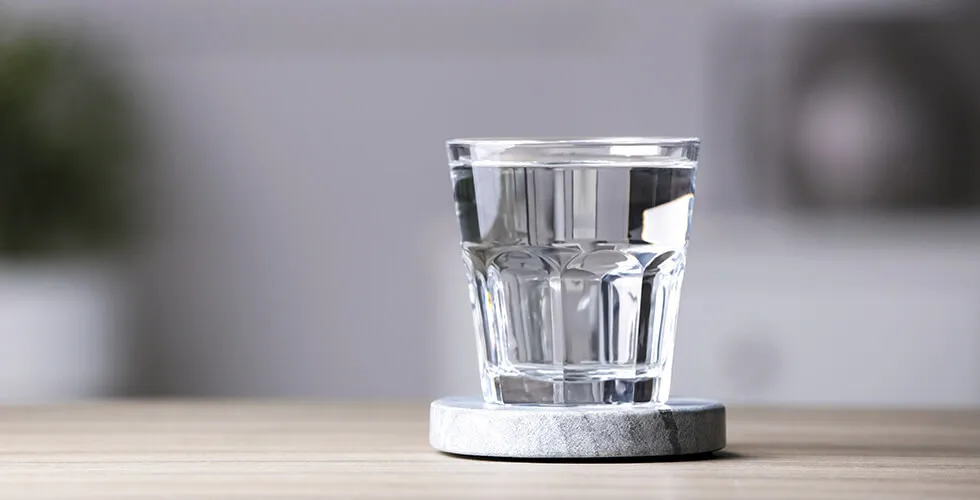
Clean water is something we all rely on, but filtering out the most stubborn pollutants—like PFAS “forever chemicals”—has remained a major challenge. Now, scientists from Monash University may have cracked the code with a new breakthrough filter that combines cutting-edge materials science with a surprising twist: sugar.
PFAS (per- and polyfluoroalkyl substances) are manmade chemicals found in items like nonstick cookware, raincoats, and firefighting foam. They’re called “forever chemicals” because they don’t break down easily and tend to accumulate in the environment—and in our bodies. Standard water filters often miss the smallest PFAS molecules, allowing them to slip through.
The Monash team tackled this problem using graphene oxide, a 2D material derived from graphite, and boosted its filtering power by adding beta-cyclodextrin, a sugar molecule shaped like a ring. This ring acts like a microscopic cage, trapping specific chemical pollutants while letting clean water flow through. The result? A custom-designed membrane that effectively captures even hard-to-filter short-chain PFAS.
Lead researcher Eubert Mahofa says the new design strikes the right balance between blocking dangerous contaminants and keeping water flow fast and efficient. It also performs well in changing temperatures—a key factor for real-world water systems.
What’s more, the method used to manufacture these filters—called shear alignment printing—is scalable, meaning it could be used for everything from household filters to large industrial systems. And because the sugar molecule can be tweaked, future versions could also trap things like pharmaceuticals, pesticides, and heavy metals.
This technology is a collaborative achievement between Monash University, Clean TeQ Water, and NematiQ, offering a major step forward in making clean, safe water accessible on a global scale.

